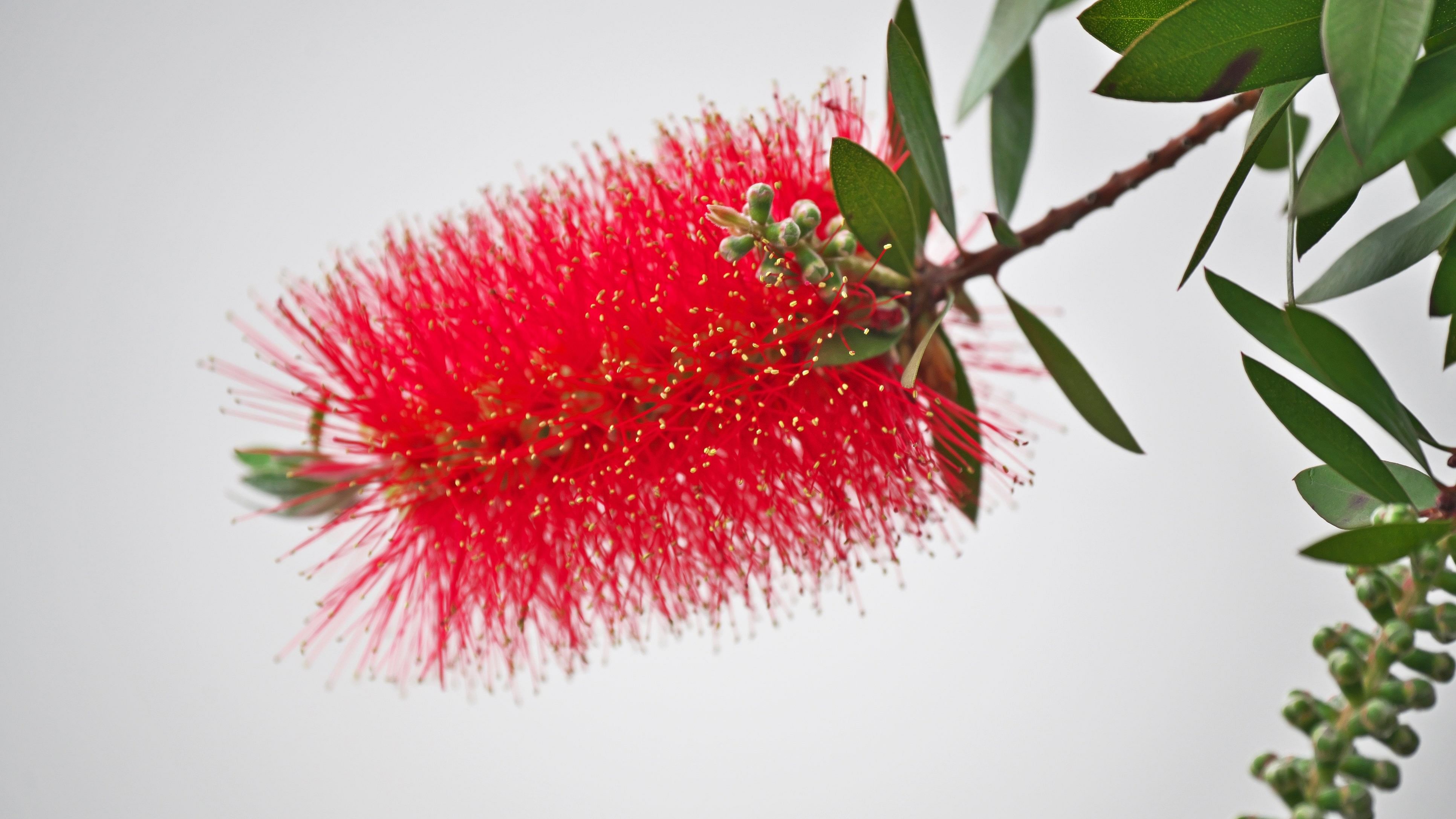
I wrote this shortly after returning home from a walk. Bengaluru had received its first summer rain, and I went outside to enjoy it. I walked along some of my favourite lanes. There is one that I particularly like since it is home to trees such as mango, margosa, magnolia, mast trees, and pongamia. At the end of the street, a silver oak towers over the others.
As I walked down, I was engulfed by the fragrance of wet earth and the sweet smell of magnolia and neem flowers. The rain had awakened the trees. I paused for a few moments, savouring the experience, but a thought lingered — this idyllic street may not last forever. In a few years, it could transform, and the trees might disappear too. I walked back home through another lane, where new houses had appeared, lacking both front and back yards and no patch of earth exposed to the sky.
Years ago, a friend expressed an unsettling view: A city should not have trees inside but outside it, she said. She claimed trees posed dangers, with roots clogging sewer lines, leaves littering, and branches causing damage to properties during storms. I remember her statement every time I walk through streets barren of greenery. Many others also have similar opinions. While some of the concerns are valid, the benefits of urban trees far outweigh the potential drawbacks. Modern urban planning can incorporate the right type of trees and install root barriers to prevent damage.
This year’s severe summer in Bengaluru and around the world is due to a climate pattern called El Niño. It is a climate pattern that can lead to drought in some parts of the world and copious rains in others. That said, both regions require trees. They are crucial in moderating urban heat during summer and play a key role in preventing floods during heavy rainfall. Trees prevent flood by absorbing rainfall through their leaves and roots, lowering runoff and relieving pressure on the city’s drainage systems. Studies also show that trees significantly reduce temperatures in their immediate vicinity—helping mitigate the urban heat island effect during summer. They improve air quality by storing carbon dioxide, thus reducing the overall carbon footprint.
A well-designed front yard will enhance the look of the house and provide shade. Reminiscent of old Bengaluru homes, a shaded seating area in the front yard can become a gathering space for friends and neighbours to catch up over evening conversations. Thoughtfully planted trees, shrubs, and flowering vines can transform this space into a true urban oasis. To create a lush and inviting front yard, you can plant vines, shrubs, hedges or trees. Let’s briefly explore each of them. If you have an arch in front of your house, bougainvillea is the perfect match. The other vines to consider are Thunbergia Mysorensis , passiflora and jasmine vine. Tecoma stans is a tall shrub with bright yellow flowers. Crepe jasmine, Nyctanthes arbor-tristis (parijatha), plumeria (frangipani), callistemon (bottlebrush) and calliandra (powder puff) are some of the shrubs that can adorn the front yard. These can also be grown in huge containers.
If you are looking for a hedge-like design, go for duranta, copper leaf, or hamelia patens. They can be grown to any desired height and trimmed into eye-catching shapes. Hamelia patens will attract a lot of nectar and berry-loving birds. If you have front railings, climbers are a good choice. Thunbergia grandiflora (Bengal clock vine), passiflora (passion flower: blue and red variety), Pyrostegia venusta (orange trumpet), Clematis terniflora (sweet autumn clematis), and vernonia creepers are good choices. The varieties suggested are simply a starting point for urban gardening. Consult local nurseries, gardening enthusiasts, or online resources to find trees, shrubs, and blooming plants that are suitable for the Bengaluru climate. Let your vision reflect in the one-of-a-kind front yard sanctuary you create.
Motley Garden is your monthly kaleidoscopic view into a sustainable garden ecosystem.
The author believes gardening is about more than just cultivating plants. It’s also about the bees, butterflies, insects, flies, and bugs that make it their home. She posts on social media as @all_things_in_my_garden.